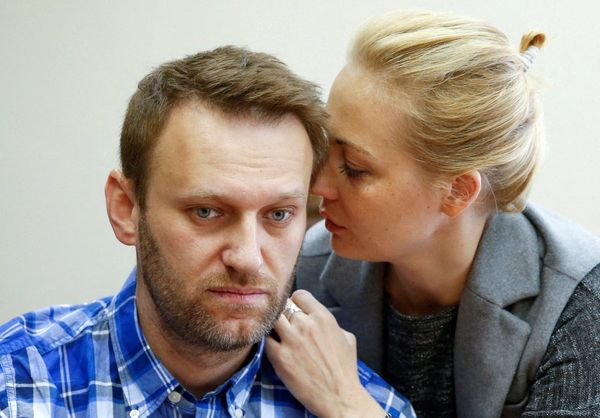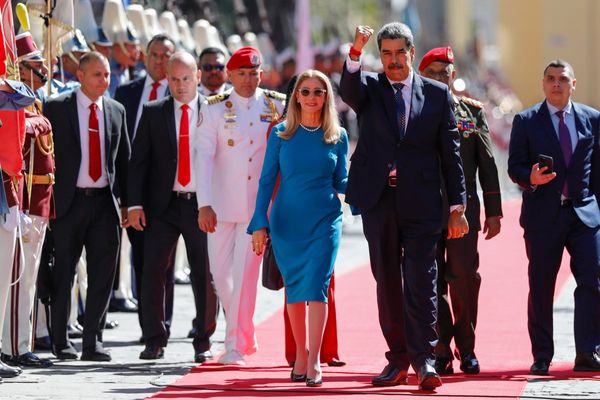
There's no doubt that our ability to showcase the madness of extreme sports is instrumental to the sport's popularity, and even survival. Need I remind you of the insane antics of helicopter pilots trying to capture Group B rally action in the 80s?
But, as humans do, we grow accustomed and desensitized to the sense of speed we've seen portrayed for so long. It's not until we go to a MotoGP or Formula 1 race that we say, "WOW. That's so much faster than it looks on TV.".
Well, thanks to a collaboration between Red Bull Technologies and Dutch Drone Gods, we could be about to get closer to the action than anyone could've dreamed of just a few years ago.
And it's all thanks to the development of the fastest camera drone in the world.
The Drone and F1
This drone is the result of a collaboration between Red Bull Technologies and Dutch Drone Gods. The goal was to make a drone that was capable of keeping up with an F1 car driven by Max Verstappen for one lap.
The result: a first-person view (FPV) camera drone that could do 0-186 mph in less than four seconds and go on to a top speed of 217 mph.
The Next Challenge
After overcoming all the problems that following an F1 car threw at the Dutch Drone Gods team, it was time for a new challenge: keep up with Moto3 spec KTM bikes around the Jerez circuit in Spain as riders prepare for the Red Bull MotoGP Rookies Cup.
Now, for the uninitiated, it might seem like an easier task than following an F1 car. But this new challenge meant the pilot would need to navigate wheel-to-wheel action in one of the closest, elbows out, 2-wheeled racing series in the world, second only to Moto 3.
And it seems as though Shaggy, the FPV drone pilot, had the opportunity to try and keep up with an actual MotoGP bike, too. Here's what he had to say about it,
The bikes have a longer braking path than the Formula 1 car but it
accelerates out of the corner much faster – I had to adapt to that literally
on the fly. We also needed to change the camera angle a lot during the
flights as we were getting closer and closer, getting under bridges and the
track itself is very dynamic from low-speed to high-speed,

The Future of Live Broadcasting?
Creating this drone isn't some technical exercise. The goal is to reinvent the way broadcasters utilize tech to enhance the viewing experience and make it more immersive. And ultimately, I believe this is necessary for the growth of MotoGP.
To be fair, Dorna has shown us some interesting graphics of late, including a newly introduced dual-rider lean angle and speed graphic. And the broadcasters reintroduced the rear-facing camera, too. But graphics and the reintroduction of previously used camera angles aren't going to cut it. I've been to a MotoGP race, and there's a lot more left on the table for fans to enjoy.
I can't wait to see how this technology develops, and I think it'll be the biggest leap forward since shoulder-mounted cameras were introduced. Moreover, I'm eager to see what Liberty Media can do next year with its experience and the ability to capture the wheel-to-wheel action of a MotoGP race.







